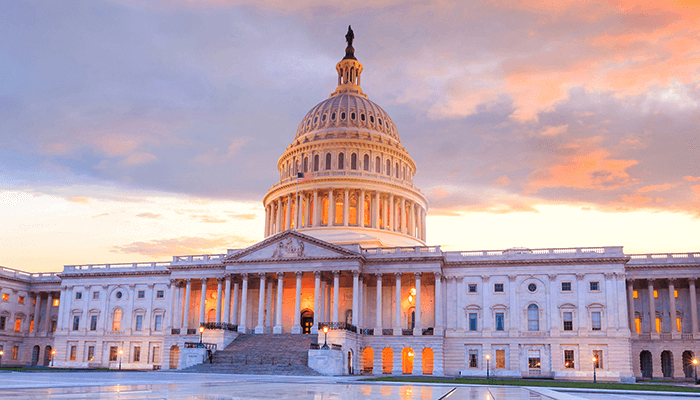Op-Ed: Education Presidents And Governors: Ain't Gonna Happen
The Government We Deserve | February 20, 2013
In last week’s State of the Union speech, President Obama put great emphasis on expanding early childhood education. He’s not alone in recognizing the vital role of education as the launching pad for 21st century growth. George W. Bush wanted to be known as the “education president,” and so did his father, George H.W. Bush.
Many governors have similar aspirations. Jerry Brown, for instance, has gotten headlines for his efforts to restore the California university system to its former high status. State support for higher education has fallen dramatically there, particularly as a share of the budget and of Californians’ incomes but also in real terms. Brown even supported a tax increase to try to reverse this trend.
While I strongly support these types of effort, right now pro-education governors and the president are fighting a losing battle. Their new initiatives merely slow down their retreat against a health cost juggernaut.
California isn’t much different from many other states. The college bound and their parents witness this declining state support in the form of ever-rising costs and student debt. Less recognized is the fall in academic rankings of the nation’s leading public universities, such as many of the formerly extolled California universities and my own alma mater, the University of Wisconsin–Madison.
State support of education hasn’t just declined at postsecondary schools. In recent years, legislators have assigned K–12 education smaller shares of state budgets as well. During the recession, teachers were laid off and not replaced in many states. Efforts to expand early childhood education have also stalled, although the president’s initiative may give it some temporary momentum.
Federal spending policies only reinforce the longer-term anti-education trend. An annual Urban Institute study on the children’s budget suggests future continual declines in total federal support for education as long as current policies and laws hold up.
Education spending will continue to decline as long as health costs keep rising rapidly and eating up so much of the additional government revenues that accompany economic growth. The figure below, prepared by National Governors Association (NGA) Executive Director Dan Crippen and presented by his deputy, Barry Anderson, at a recent National Academy of Social Insurance conference, tells much of the state story: health costs essentially squeeze out almost everything else.
These rising health costs don’t just place a squeeze on government budgets; they also are one source of the paltry growth in median household cash income over recent decades.
Within states, health costs show up primarily in the Medicaid budget. As the NGA numbers demonstrate, recent federal health reform did little and is expected to do little to control these state costs, despite large, mainly federally financed subsidies for expanding the number of people eligible for benefits.
With populations aging, state and federal governments now also face demographic pressures to increase their health budgets. Large shares of the Medicaid budget go for long-term and similar support for the elderly and the disabled. This budgetary threat also extends to revenues as larger shares of the population retire, earn less, and pay fewer taxes.
The next time someone tells you that we should wait another ten years to control health costs because we’ll be so much smarter and less partisan then, remind him or her that this procrastinating implicitly advocates further zeroing out state and federal spending on education—and the children’s budget more generally. Presidents and governors will never succeed with their education initiatives until they stop the health cost juggernaut in its tracks.
What's Next
-
Image

-
Image

-
